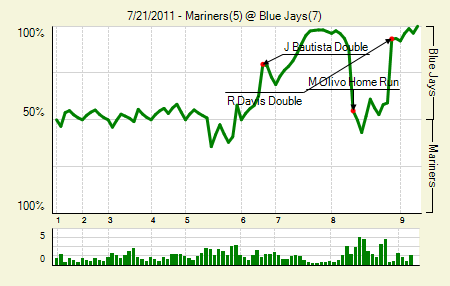Your Sabermetric Choices
I’ve seen some stories floating around the blogosphere which relate to the choices you have when it comes to your baseball stats. In general, the stories have been directed at the SIERA metric, which was unveiled in great detail last week. Overall, the reception was very positive and we’re really glad Matt Swartz agreed to work with us.
Here at FanGraphs, we’re about expanding baseball knowledge and enjoyment through opinion and analysis. Obviously, we think adding SIERA to the site brought something new to the table and we wouldn’t have added it had we thought otherwise.
That’s not to say that reasonable people can’t disagree. If you think one ERA estimator is too complex and is ruining baseball, that’s fine. You’re welcome to use another of our myriad statistics. I’m sure you’ll find one that works for you. From our perspective, our variety is our strength. Whether you use FIP, xFIP, tERA, SIERA or plain, old ERA to judge pitchers, the whole point of this site is to heighten your knowledge — and enjoyment — of baseball.
For those of you who don’t know how FanGraphs selects its statistics, it should be noted that we don’t develop in-house figures. We look around and edit down the incredibly large selection of metrics being created and then select the ones that have the most relevance. We work closely with those statistics’ creators to make sure things are calculated and displayed properly.
Denouncing work by claiming it’s anti-baseball does everyone a diservice. No one is forcing our readers to use these numbers. In fact, I hope you look at them critically and let us know how we can make them better. I’m betting that improvements would mean more — not less — statistical investigation, critical thinking and debate among the thousands of baseball fans who visit our site daily.
Whether you like your baseball full of complex stats or void of stats entirely, there’s a place for you at FanGraphs. And, in my mind, that’s exactly how it should be.


